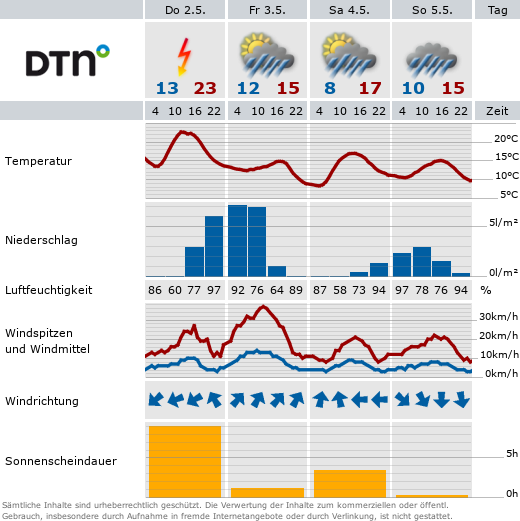Homosexuality, the | homosexual (adj.)
Homosexuality describes a sexual orientation in which individuals are romantically, emotionally, and/or sexually attracted primarily or exclusively to their own sex (Queer Lexikon 2017). The term homosexual has historically been used in a pathologizing and criminalizing manner and is not used by people to describe themselves. The more common labels of self for homosexual people are gay and lesbian.
Although same-sex love and sexuality have always existed, the term homosexuality was coined by Karl-Maria Kertbeny, who used it in his writings against the criminalization and prohibition of homosexuality (Ambrosino 2017). Regardless of Kertbeny's political stance, the terms he used quickly became markers of demarcation. ⇒ Heterosexuality was seen as the natural "normal state" and homosexuality as a deviation from this norm. This ultimately led to the pathologization of homosexuality (Schomers 2018). At the end of the 19th century, the psychiatrist Richard von Kraft-Eibing described homosexuality as a hereditary nervous disorder and argued that "affected persons" should not be legally persecuted but should receive psychiatric treatment (von Kraft-Eibing 1898). The so-called "conversion therapy", which was intended to "cure" people of their homosexuality, is just one example of the violent methods used. It was not until 1993 that the WHO removed homosexuality from the list of mental illnesses (Ostertag 2008). Since 2020, the use of so-called conversion therapy on minors has been prohibited (§2 KonvBehSchG).
One's own sexuality and love relationships were and are only a private and personal matter if they are heterosexual. Same-sex love and sexuality, on the other hand, always had a political dimension. Homosexuality was not only seen as something to be "cured", but also to be punished, monitored, regulated and legally curtailed.
At the end of the 19th century, the criminal prosecution and police surveillance of gay men and lesbian women was legitimized by law in the German Empire. During the National Socialist era, gay men in particular were systematically persecuted and punished under Section 175 of the German Criminal Code. Lesbian women were also oppressed and persecuted by the persecution of homosexuals (LSVD, O.D).
Thanks to the tireless work of various associations, organizations and activists, the situation of gay, lesbian, ⇒ bisexual, ⇒ transgender and ⇒ intersex people in Germany has improved significantly. For example, Section 175 was reformed in the 1970s and completely abolished in 1994 (Schomers 2018). In 2006, sexual orientation and gender identity were included under the term sexual identity in the General Equal Treatment Act and ⇒ LGBTTIAQ+ people were thus legally protected from discrimination (Section 1 AGG). Marriage for all, which has been legal in Germany since 2017, is also a milestone in the fight for equal rights. The long-criticized blood donation ban for gay and bisexual men was also amended in 2021 (Küpper n.d.). And associations such as the Lesbian and Gay Federation (LSVD) continue to campaign for the rights of ⇒ queer people in Germany. For example, the LSVD is calling for sexual orientation to be included in the third article of the German constitution (Hochrein 2021).
Last updated: April 2025
Sources (in German)
-
Ambrosino, Brandon (2017): The Invention of ‘Heterosexuality'. BBC Future. Last accessed 10.04.2025.
-
Hochrein, Axel (2021): Artikel 3 GG ergänzen: Den Anfangsfehler endlich korrigieren. Lesben- und Schwulenverband. Last accessed 10.04.2025.
-
Küpper, Stephan David (o.J.): Richtlinien zur Spenderzulassung Homosexuelle Männer können deutlich leichter Blut spenden. Deutsches Rotes Kreuz. Last accessed 10.04.2025.
-
LSVD (o.J.): Von 1933 bis heute: Lesben und Schwule in Deutschland und der DDR. Lesben- und Schwulenverband. Last accessed 10.04.2025.
-
Ostertag, Ernst (2008): WHO und Homosexualität: Als Krankheit gestrichen. Schwulengeschichte.CH. Last accessed 10.04.2025.
-
Queer Lexikon (2017): Homosexualität. Last accessed 10.04.2025.
-
Schomers, Bärbel (2018): Coming-out – Queere Identitäten zwischen Diskriminierung und Emanzipatoin. Budrich UniPress.
-
von Krafft-Ebing, Richard (1898): Psychopathia Sexualis. 3. Edition. Verlag von Ferdinand Enke.
The glossary is meant to evolve through mutual exchange with readers.
We regularly put the definition of a term up for discussion under #klargestellt. Do you have questions or suggestions? Join the discussion and contribute to a better understanding of the terms! We welcome your feedback to: shk.gleichstellung@verwaltung.tu-dortmund.de






